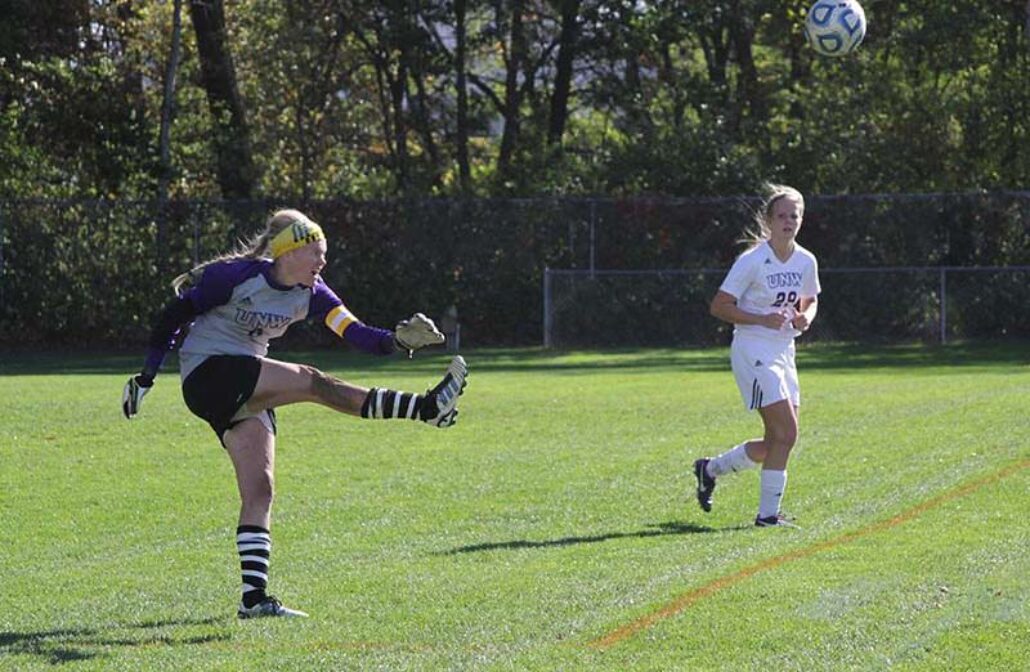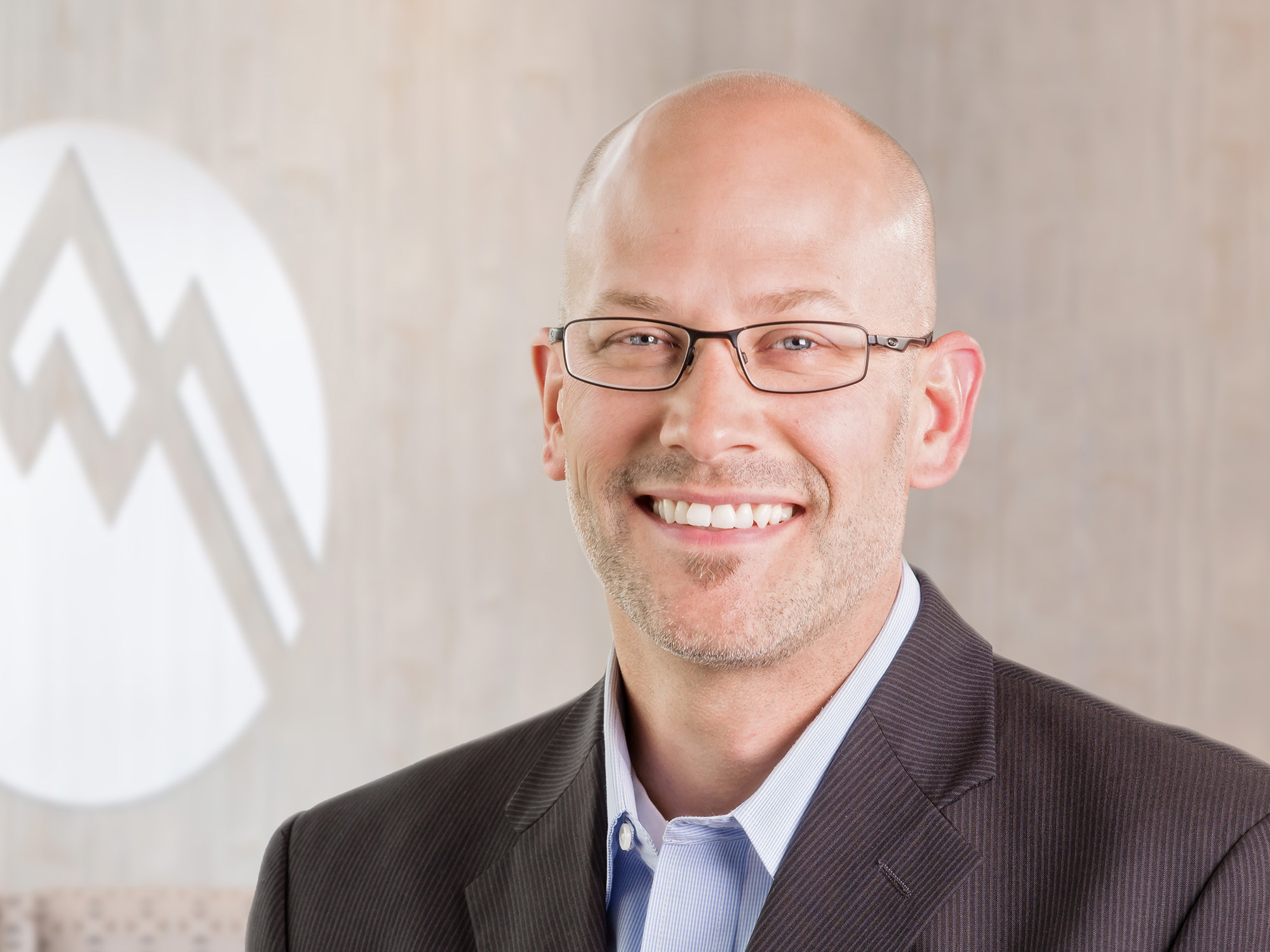Cartilage is the tissue that coats and cushions our joints. It allows us to move with very little friction, but damaged cartilage does not heal well. Dr. Furmanek explains the surgical procedures used to repair or stimulate the growth of new cartilage.
As the Summit Orthopedics sports medicine physician and surgeon tending to University of Northwestern–St. Paul athletes, Dr. Jeffrey Furmanek treats cartilage injuries in shoulder and knee joints. He explains that injured cartilage is challenging to treat whether the damage is the result of sports trauma or long-term wear and tear. Restoring articular cartilage can relieve pain and allow better function. Most important, treatment can prevent the onset of arthritis.
How does cartilage get damaged?
“Articular cartilage doesn’t get nutrients through blood flow like other tissues, which inhibits the ability of this tissue to heal itself,” he explains. “When hyaline cartilage is damaged, the joint surface is no longer smooth, causing pain with movement. The goal of cartilage restoration procedures is to stimulate new hyaline cartilage growth. Cartilage has always been a challenge for orthopedists, and there are special surgical considerations when performing cartilage-focused surgeries.”
Surgical cartilage repair options
“We do have a number of cartilage repair surgical options,” Dr. Furmanek continues. “Generally, the best conditions for successful cartilage healing occur when the injury occurs in a younger patient, where the body just has more healing potential.”
“If there’s deficient hyaline cartilage tissue covering a bone, we might consider a microfracture procedure to restore the cartilage,” he explains. “Tiny holes are drilled into the affected bone. This stimulates a healing response to fill in the damaged area with new cartilage. Microfracture can be done with an arthroscope. The best candidates are young patients with single lesions and healthy bone.”
Another cartilage repair option involves taking a plug of cartilage from another part of the joint and moving it to the area of injury to restore a smooth surface. This osteochondral autograft transplantation, or OATS procedure, can also be done with an arthroscope in younger people with single lesions and healthy tissue. If cartilage defects are too large for an autograft, allograft tissue is taken from a cadaver donor.
Rise of biologic treatment
Current cartilage restoration techniques anticipate a cartilage treatment that is still on the research horizon: biologics. “With the development of biologics, we hope to use stem cells to regrow cartilage tissue instead of grafting tissue,” Dr. Furmanek says. “Researchers are figuring out how to take cells with the potential to be bone, muscle, or cartilage, and direct the cells to create hyaline cartilage that we can put back into an area where cartilage has been injured or is deficient. We have created these tissues in the lab; the next challenge is to successfully make the leap from cartilage tissue growth in the lab to cell growth in the patient.”
Dr. Furmanek predicts that biologics will be available as a cartilage repair treatment within the next decade. In the meantime, he works with his cartilage-injured patients to develop a personalized treatment plan that will return them to the daily activities they enjoy.
Summit Orthopedics offers comprehensive sports medicine expertise
From Olympians to pro athletes to kids in youth sports and those that just want to be more active—Summit Orthopedics delivers expert care by fellowship-trained sports medicine physicians. If you are recently injured or concerned about ongoing pain, Summit Orthopedics sports medicine specialists have the expertise to evaluate your discomfort and develop a plan to quickly and safely help you get back to being active.
Start your journey to stronger, healthier athletic condition. Find your sports medicine expert, request an appointment online, or call us at (651) 968–5201 to schedule a sports medicine consultation.
Summit has convenient locations across the Minneapolis-St. Paul metro area, serving Minnesota and western Wisconsin. We have state-of-the-art centers for comprehensive orthopedic care in Eagan, MN, Vadnais Heights, MN, Plymouth, MN, and Woodbury, MN, as well as several additional community clinics.
Additional resources for you
- Check out the article: Understand Your Joints: What Is Cartilage?
- More from Dr. Skendzel on cartilage: What Can I Expect After Knee Cartilage Surgery?
- Get the answer: How Does Articular Cartilage Support Knee Function?
- Dr. Skendzel Explains Treatments For Knee Cartilage Injuries
- More on Summit’s Sports Medicine services
- Meet Summit Orthopedics Surgeon Dr. Jeffrey Furmanek
- Ask Dr. Furmanek: When Should I See A Sports Medicine Specialist For An Injury?
- From American Academy of Orthopedic Surgeons (trusted external resource): Cartilage Restoration

